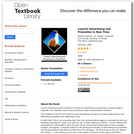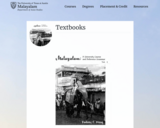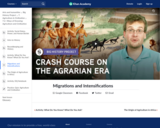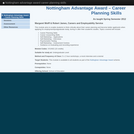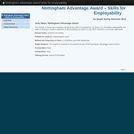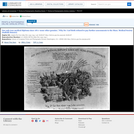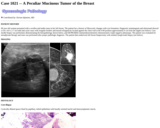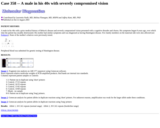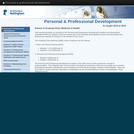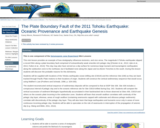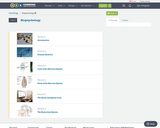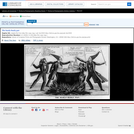
The artist attacks abolitionist, Free Soil, and other sectionalist interests of 1850 as dangers to the Union. He singles out for indictment radical abolitionist William Lloyd Garrison, Pennsylvania Free Soil advocate David Wilmot, New York journalist Horace Greeley, and Southern states' rights spokesman Senator John C. Calhoun. The three wear fool's caps and gather, like the witches in Shakespeare's "Macbeth," round a large, boiling cauldron, adding to it sacks marked "Free Soil," "Abolition," and "Fourierism" (added by Greeley, a vocal exponent of the doctrines of utopian socialist Charles Fourier). Sacks of "Treason," "Anti-Rent," and "Blue Laws" already simmer in the pot. Wilmot: "Bubble, bubble, toil and trouble! / Boil, Free Soil, / Ther Union spoil; / Come grief and moan, / Peace be none. / Til we divided be!" Garrison: "Bubble, bubble, toil and trouble / Abolition / Our condition / Shall be altered by / Niggars strong as goats / Cut your master's throats / Abolition boil! / We divide the spoil." Greeley: "Bubble, buble [sic], toil and trouble! / Fourierism / War and schism / Till disunion come!" In the background, stands the aging John Calhoun. He announces, "For success to the whole mixture, we invoke our great patron Saint Benedict Arnold." The latter rises from the fire under the pot, commending them, "Well done, good and faithful servants!"|Entered . . . 1850 by J. Baillie.|Published by James Bailley, 87th St. near 3d. Avenue, N.Y.|Title appears as it is written on the item.|Weitenkampf, p. 101.|Forms part of: American cartoon print filing series (Library of Congress)|Published in: American political prints, 1766-1876 / Bernard F. Reilly. Boston : G.K. Hall, 1991, entry 1850-7.
- Subject:
- History
- U.S. History
- Material Type:
- Diagram/Illustration
- Primary Source
- Provider:
- Library of Congress
- Provider Set:
- Library of Congress - Cartoons 1766-1876
- Date Added:
- 06/08/2013

